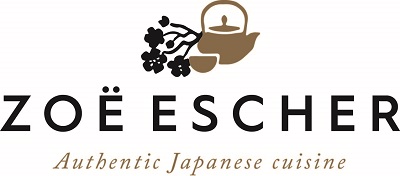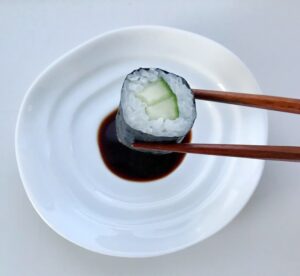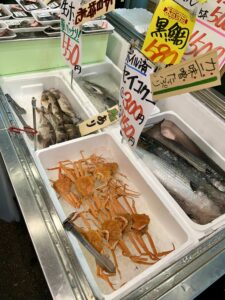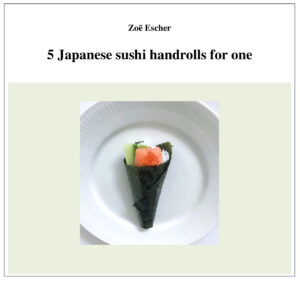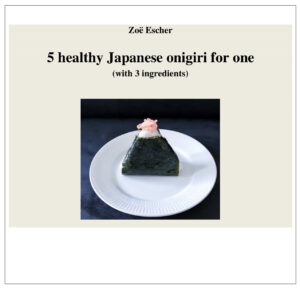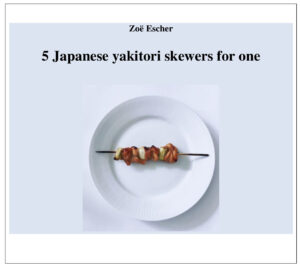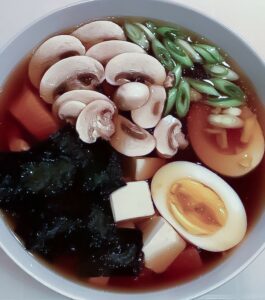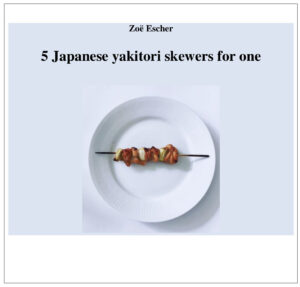The last time I ate the Japanese dish okonomiyaki was in 2015 in Tokyo.
It was with Mrs. Takahashi, her youngest daughter who is in her mid-30s, her son-in-law and nephew.
One Friday early evening after training, she asked me if I had tasted okonomiyaki. It is one of her favorite dishes. I have never tasted it.
We went to her favorite restaurant, which is a tiny place that does not look like much from the street. We went up on a very narrow staircase to the first floor, down a narrow corridor and sat down in a 4-person booth with a large frying pan on the table.
Large cold draft beers were brought to the table. Soon after, a chef came and cooked us a very large okonomiyaki. While it was being cooked we could decide what kind of filling to add. When it was finished, it was cut into several smaller pieces.
Over the years I have been asked how okonomiyaki is made. It can be made in many ways.
I prefer it to be made with Japanese ingredients, raw materials and cooking techniques it has the best taste.
It has become a Mini e-book: 5 Japanese okonomiyaki for 1.
_
Zoë has lectured and held sushi courses for A. P. Moller – Maersk, Hugo Boss Nordic, Novo Nordisk, Novartis, Velux, Gorrissen Federspiel, Beierholm revision, Elbek & Vejrup and many more.
